Code
HCS24016
Weight
1.438 Kg / 3.17 lbs
Size
Height
23cm (9") Width
30cm (12") Material
Copper
Availability
Available
Date Added
2021-06-10 07:40:18
Note : We used to sell this product 4 years ago so it may no longer be in our stock.
It is possible that we still have it with our suppliers but the price could be different from before.
Feel free to order. We will verify availability and inform you promptly.
It is possible that we still have it with our suppliers but the price could be different from before.
Feel free to order. We will verify availability and inform you promptly.

Safe Payment
We accept Paypal, Money Transfer, Bank Transfer
Confidence
Protection covers your purchase and personal data.
Worldwide Delivery
We ship Worldwide, except Russia.Shipping cost US$25.2 for upto 0.5 kgs

Hotline
Talk to help line for your question on 9841267335Ashtamangala : Brief Introduction
The Ashtamangala is a sacred suite of Eight Auspicious Signs endemic to a number of religions such as Hinduism, Jainism, and Buddhism. The symbols or "symbolic attributes" are yidam and teaching tools. Not only do these attributes point to qualities of enlightened mindstream, but they are the investiture that ornaments these enlightened "qualities". Many cultural enumerations and variations of the Ashtamangala are extant. Read More . . .
The Ashtamangala is a sacred suite of Eight Auspicious Signs endemic to a number of religions such as Hinduism, Jainism, and Buddhism. The symbols or "symbolic attributes" are yidam and teaching tools. Not only do these attributes point to qualities of enlightened mindstream, but they are the investiture that ornaments these enlightened "qualities". Many cultural enumerations and variations of the Ashtamangala are extant. Read More . . .
About Chocolate Oxidized
This [high Quality], Handmade Buddhist Incense Burner, With Ashtamangala Carving [silver Plated], [oxidized] has been meticulously treated with a chocolate color antique patina. The intention behind this patina is to replicate the appearance of a copper statue that has gracefully aged over a century. Unlike a simple coat of paint, this patina is not applied superficially and is designed to endure. It undergoes an artificial oxidation process that adds depth and character, while also serving as a protective layer against natural oxidation.
By imitating the natural aging process, the chocolate color antique patina lends an air of authenticity and vintage charm to the [high Quality], Handmade Buddhist Incense Burner, With Ashtamangala Carving [silver Plated], [oxidized]. This carefully crafted finish ensures that the patina remains intact for an extended period, offering longevity and resistance to wear. The result is a unique piece that captures the essence of a time-worn copper statue, evoking a sense of history and artistic heritage.
This [high Quality], Handmade Buddhist Incense Burner, With Ashtamangala Carving [silver Plated], [oxidized] has been meticulously treated with a chocolate color antique patina. The intention behind this patina is to replicate the appearance of a copper statue that has gracefully aged over a century. Unlike a simple coat of paint, this patina is not applied superficially and is designed to endure. It undergoes an artificial oxidation process that adds depth and character, while also serving as a protective layer against natural oxidation.
By imitating the natural aging process, the chocolate color antique patina lends an air of authenticity and vintage charm to the [high Quality], Handmade Buddhist Incense Burner, With Ashtamangala Carving [silver Plated], [oxidized]. This carefully crafted finish ensures that the patina remains intact for an extended period, offering longevity and resistance to wear. The result is a unique piece that captures the essence of a time-worn copper statue, evoking a sense of history and artistic heritage.
Silver Plated
The [high Quality], Handmade Buddhist Incense Burner, With Ashtamangala Carving [silver Plated], [oxidized] has a full Silver plated finish, Sliver plating process involves the application of a thin layer of genuine silver onto the surface of the [high Quality], Handmade Buddhist Incense Burner, With Ashtamangala Carving [silver Plated], [oxidized], creating a stunning and lustrous appearance. Skilled artisans handle the silver plating, ensuring even coverage and a flawless finish. The silver plating adds a touch of elegance and sophistication to the [high Quality], Handmade Buddhist Incense Burner, With Ashtamangala Carving [silver Plated], [oxidized], enhancing its overall aesthetic appeal. Read More . . .
The [high Quality], Handmade Buddhist Incense Burner, With Ashtamangala Carving [silver Plated], [oxidized] has a full Silver plated finish, Sliver plating process involves the application of a thin layer of genuine silver onto the surface of the [high Quality], Handmade Buddhist Incense Burner, With Ashtamangala Carving [silver Plated], [oxidized], creating a stunning and lustrous appearance. Skilled artisans handle the silver plating, ensuring even coverage and a flawless finish. The silver plating adds a touch of elegance and sophistication to the [high Quality], Handmade Buddhist Incense Burner, With Ashtamangala Carving [silver Plated], [oxidized], enhancing its overall aesthetic appeal. Read More . . .
Brief Introduction :
An incense burner or perfume burner is a vessel made for burning incense or perfume in some solid form.These vessels vary greatly in size, form, and material of construction,and have been in use since ancient times in many cultures, in both secular and religious contexts. Many designs use openwork to allow a flow of air. In many cultures,burning incense has spiritual and religious connotations, and this influences the design and decoration of the censer.
How to Burn a Stick Incense


![[high Quality], Handmade Buddhist Incense Burner, With Ashtamangala Carving [silver Plated], [oxidized]](https://handicraftseller.com/uploads/pics/product/thumb/2021/06/24016_3.jpg)
![[high Quality], Handmade Buddhist Incense Burner, With Ashtamangala Carving [silver Plated], [oxidized]](https://handicraftseller.com/uploads/pics/product/thumb/2021/06/24016_4.jpg)
![[high Quality], Handmade Buddhist Incense Burner, With Ashtamangala Carving [silver Plated], [oxidized]](https://handicraftseller.com/uploads/pics/product/thumb/2021/06/24016_5.jpg)
![[high Quality], Handmade Buddhist Incense Burner, With Ashtamangala Carving [silver Plated], [oxidized]](https://handicraftseller.com/uploads/pics/product/thumb/2021/06/24016_6.jpg)
![[high Quality], Handmade Buddhist Incense Burner, With Ashtamangala Carving [silver Plated], [oxidized]](https://handicraftseller.com/uploads/pics/product/thumb/2021/06/24016_7.jpg)
![[high Quality], Handmade Buddhist Incense Burner, With Ashtamangala Carving [silver Plated], [oxidized]](https://handicraftseller.com/uploads/pics/product/thumb/2021/06/24016.jpg)
![[high Quality], Handmade Buddhist Incense Burner, With Ashtamangala Carving [silver Plated], [oxidized]](https://handicraftseller.com/uploads/pics/product/thumb/2021/06/24016_1.jpg)
![[high Quality], Handmade Buddhist Incense Burner, With Ashtamangala Carving [silver Plated], [oxidized]](https://handicraftseller.com/uploads/pics/product/thumb/2021/06/24016_2.jpg)

 Real Silver,
Real Silver, 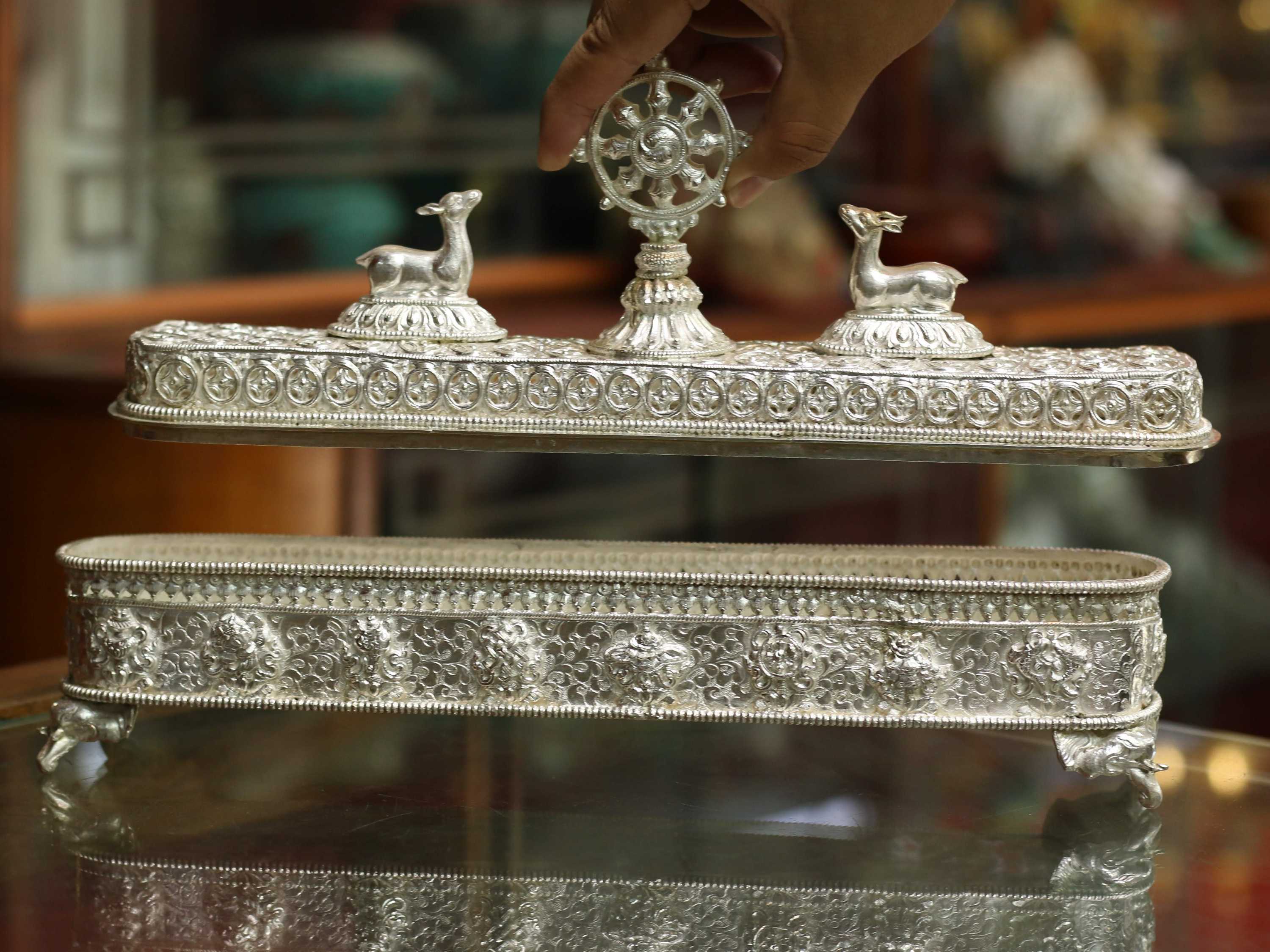 Real Silver,
Real Silver, 
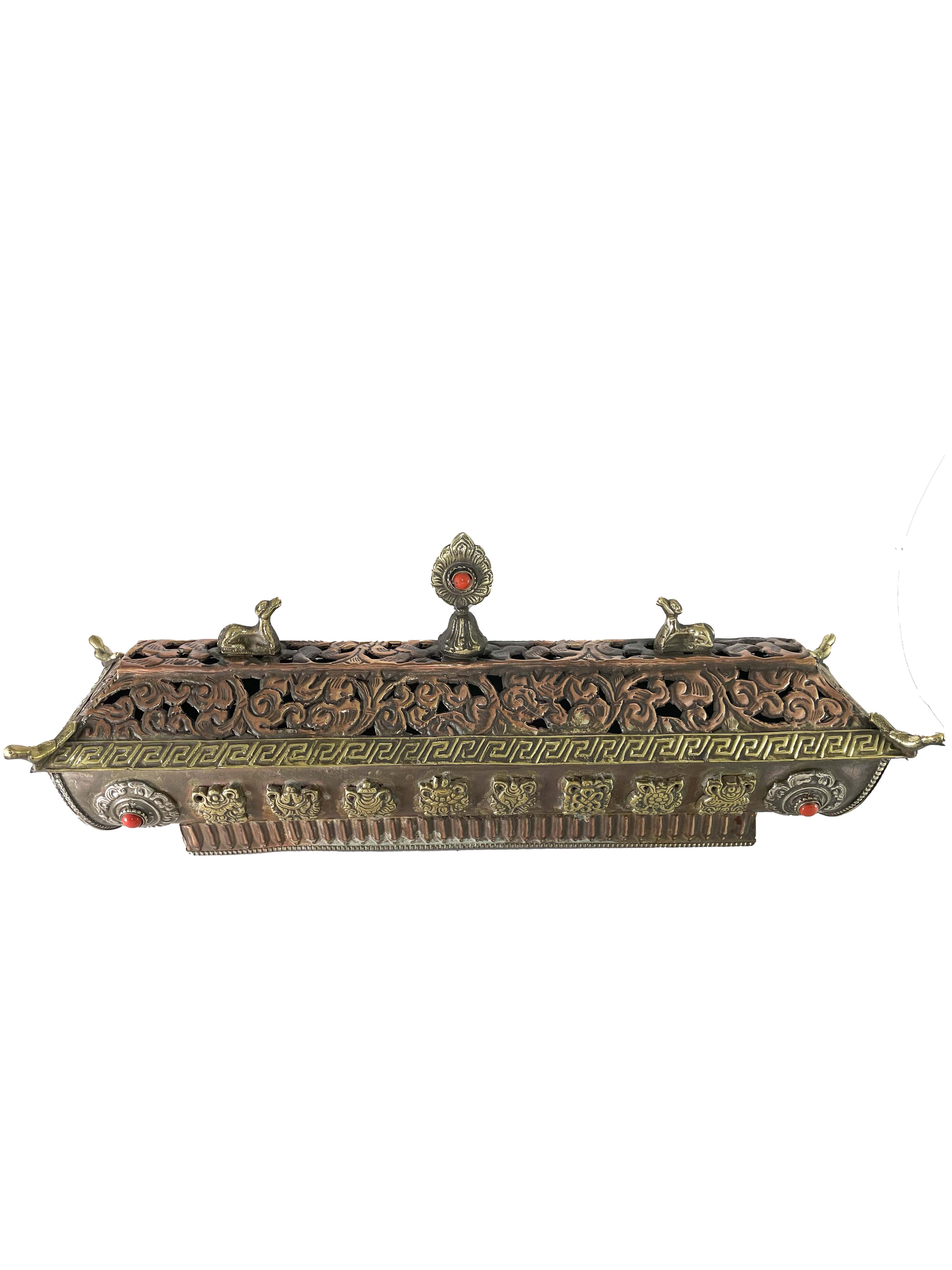
 Black Oxidized" title="Brass Laughing Buddha Incense Burner,
Black Oxidized" title="Brass Laughing Buddha Incense Burner, 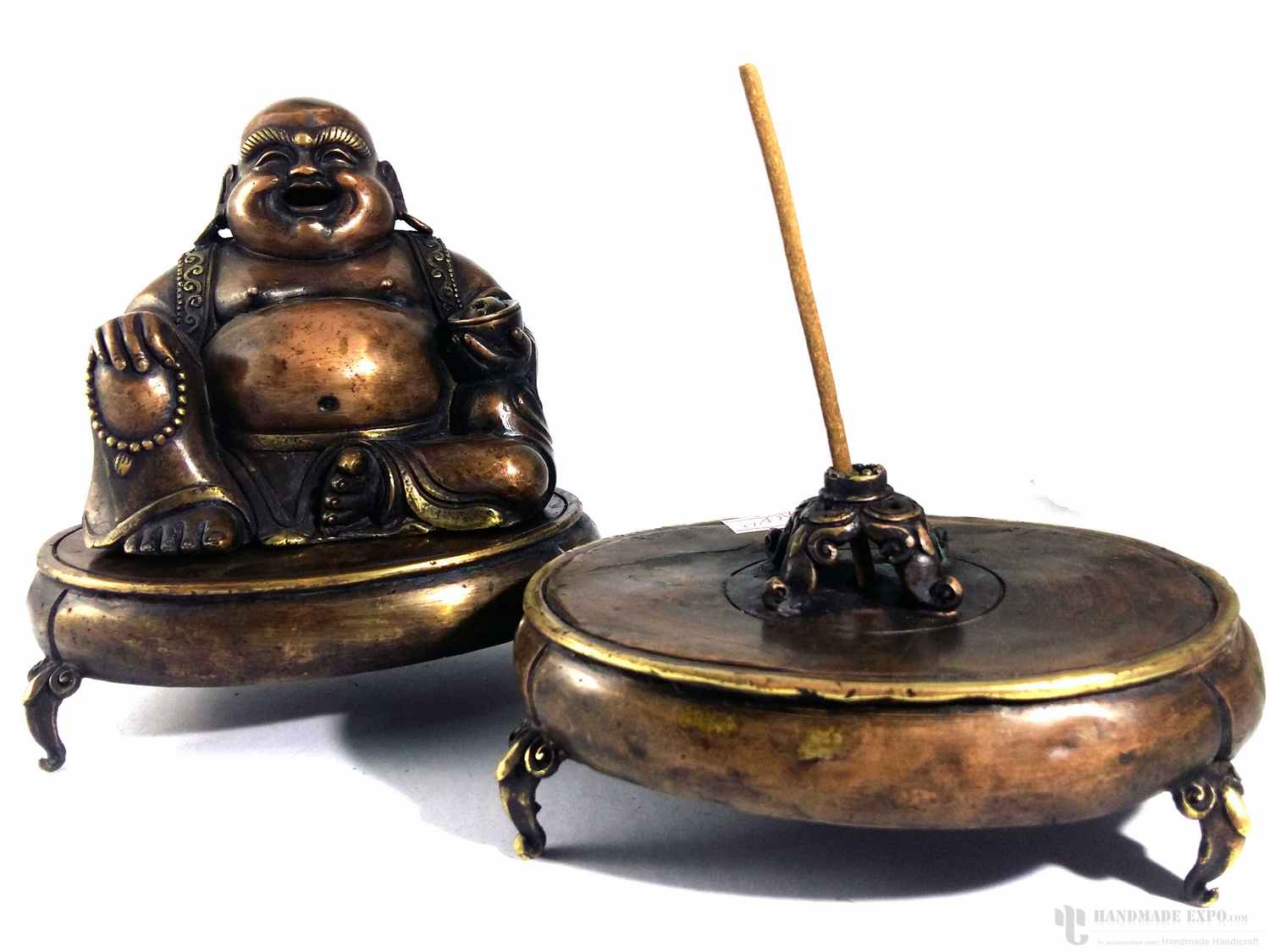 Black Oxidized" title="Brass Laughing Buddha Incense Burner,
Black Oxidized" title="Brass Laughing Buddha Incense Burner,  Antique Finishing" title="Tibetan Incense Burner,
Antique Finishing" title="Tibetan Incense Burner, 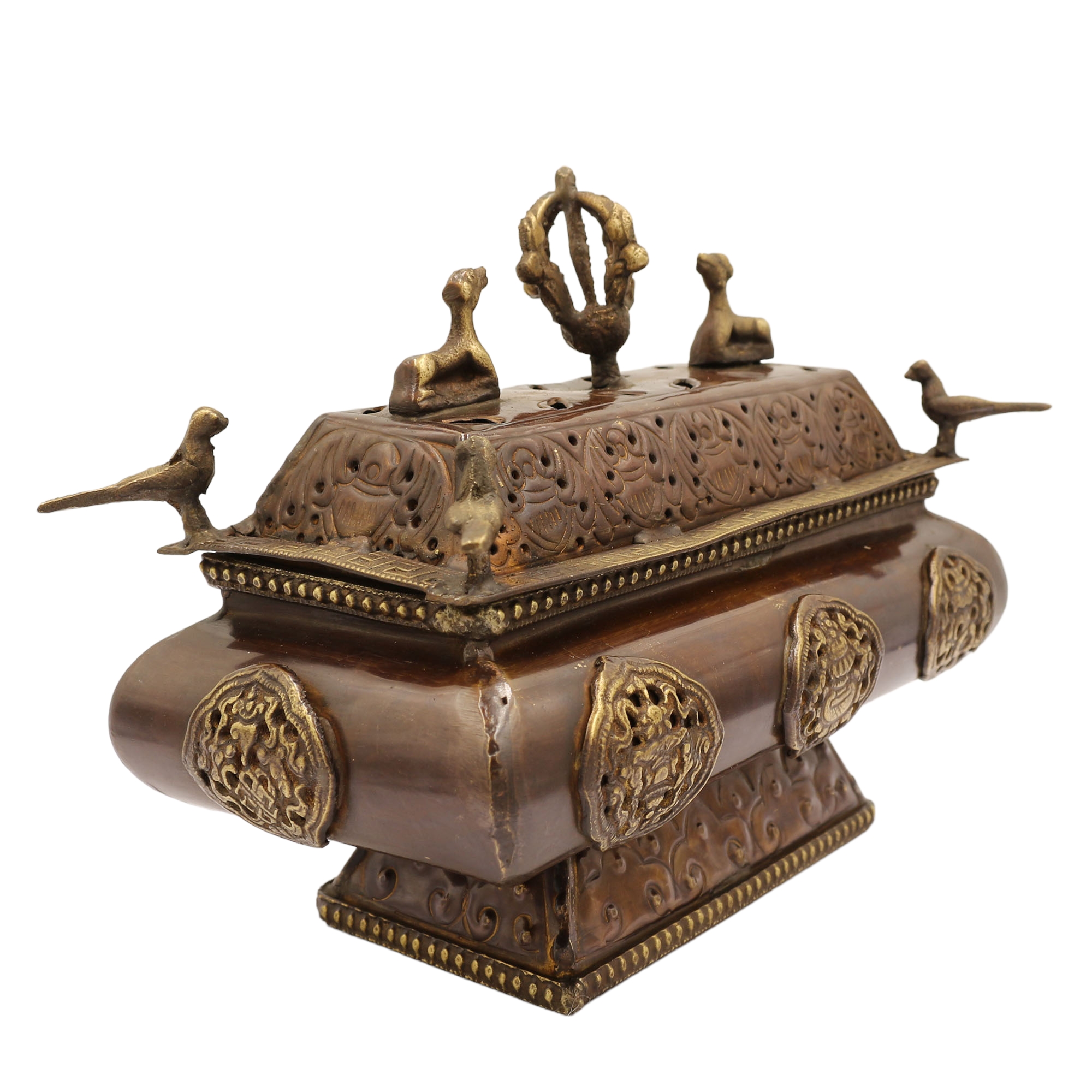 Antique Finishing" title="Tibetan Incense Burner,
Antique Finishing" title="Tibetan Incense Burner, 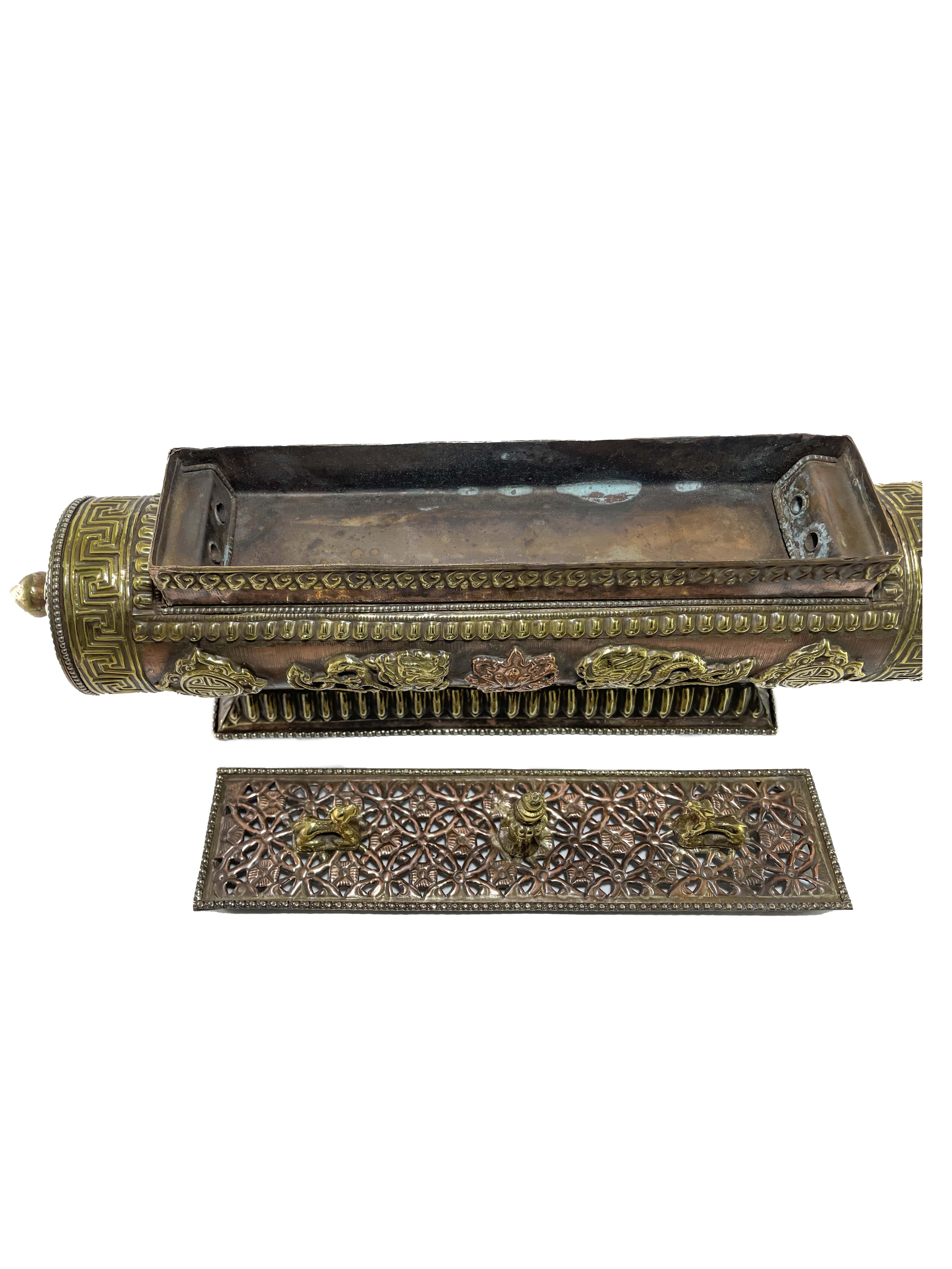 with Incense Holder" title="Hand Beaten Metal Incense Burner,
with Incense Holder" title="Hand Beaten Metal Incense Burner, 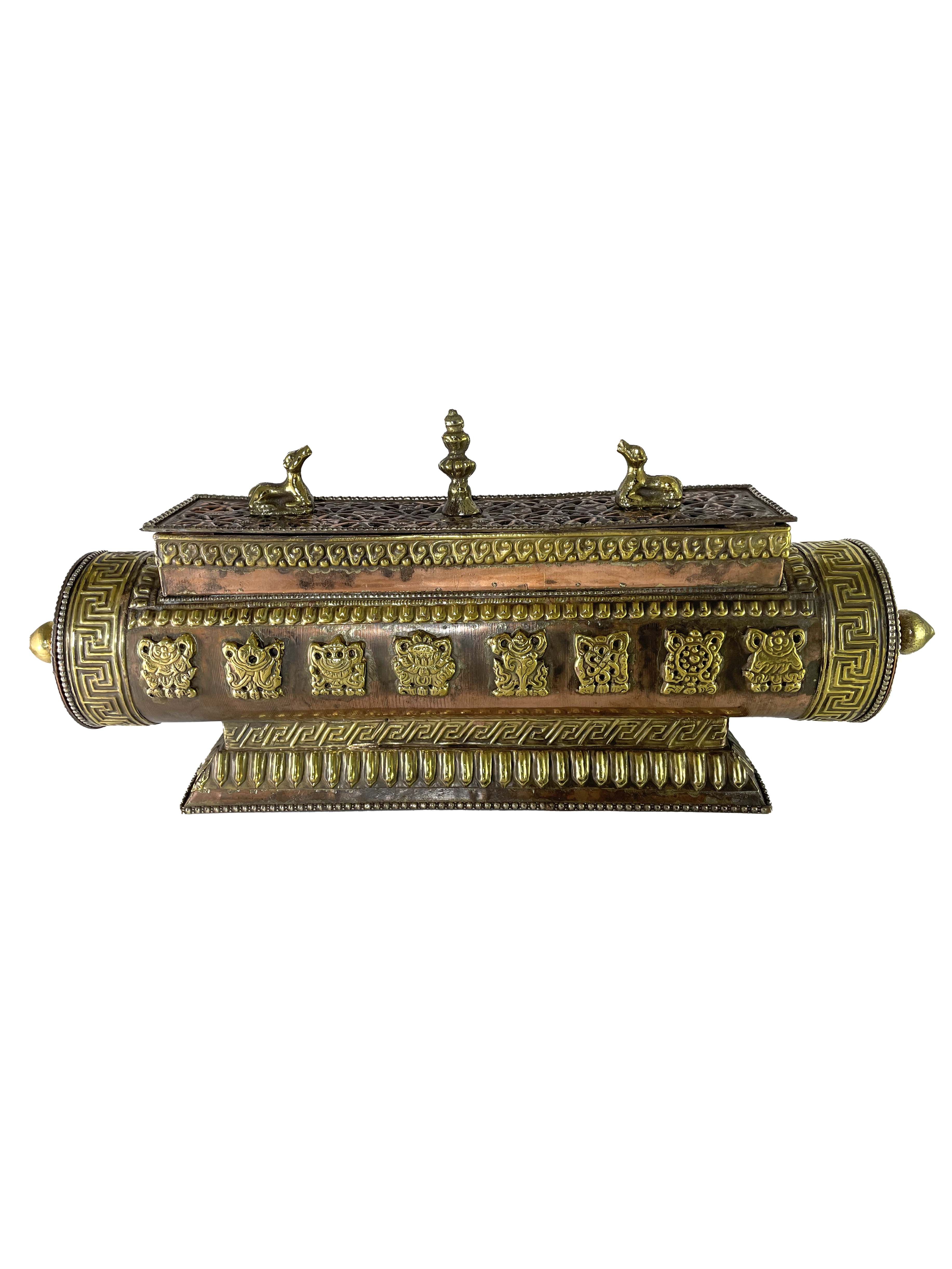 with Incense Holder" title="Hand Beaten Metal Incense Burner,
with Incense Holder" title="Hand Beaten Metal Incense Burner, 
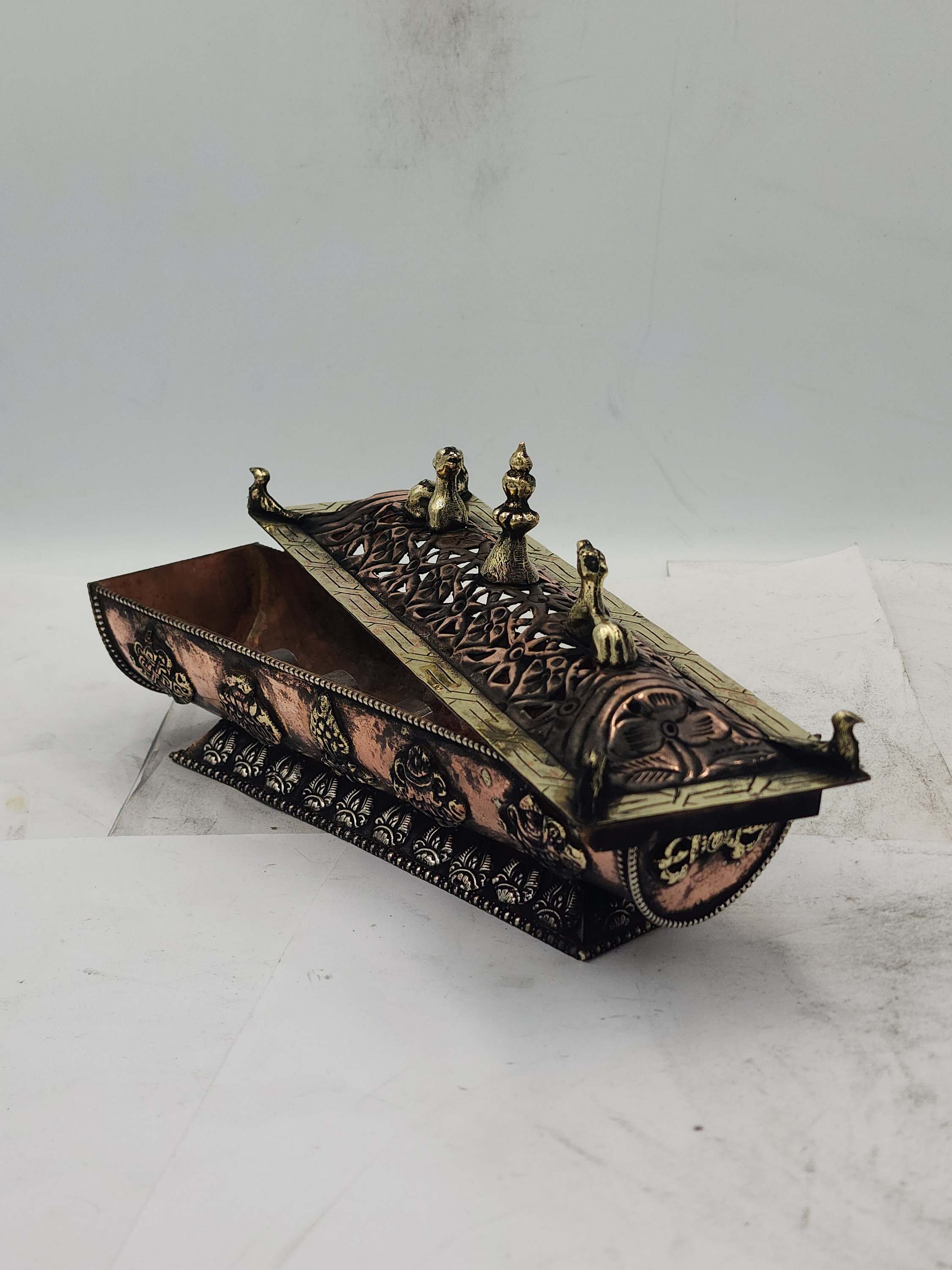
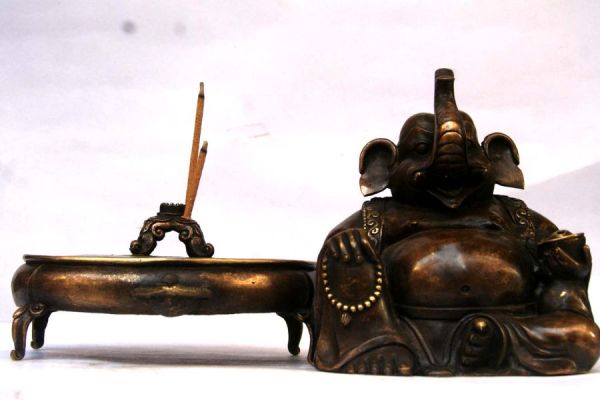 of Ganesh,
of Ganesh, 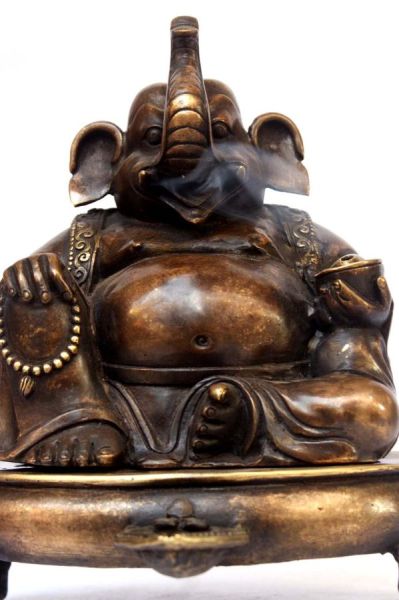 of Ganesh,
of Ganesh, 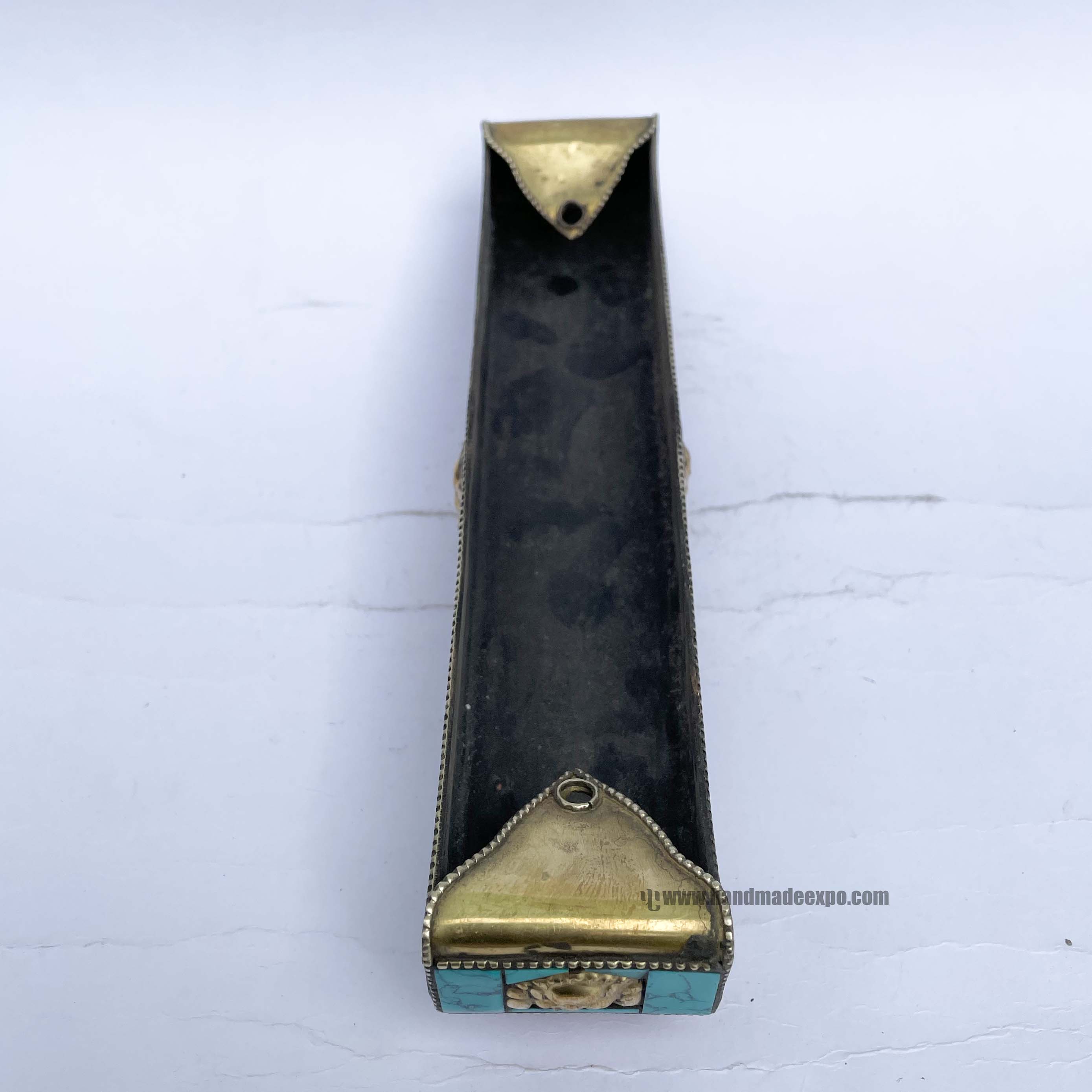 Tourquise Stone Setting" title="Hand Beaten Metal Incense Burner,
Tourquise Stone Setting" title="Hand Beaten Metal Incense Burner, 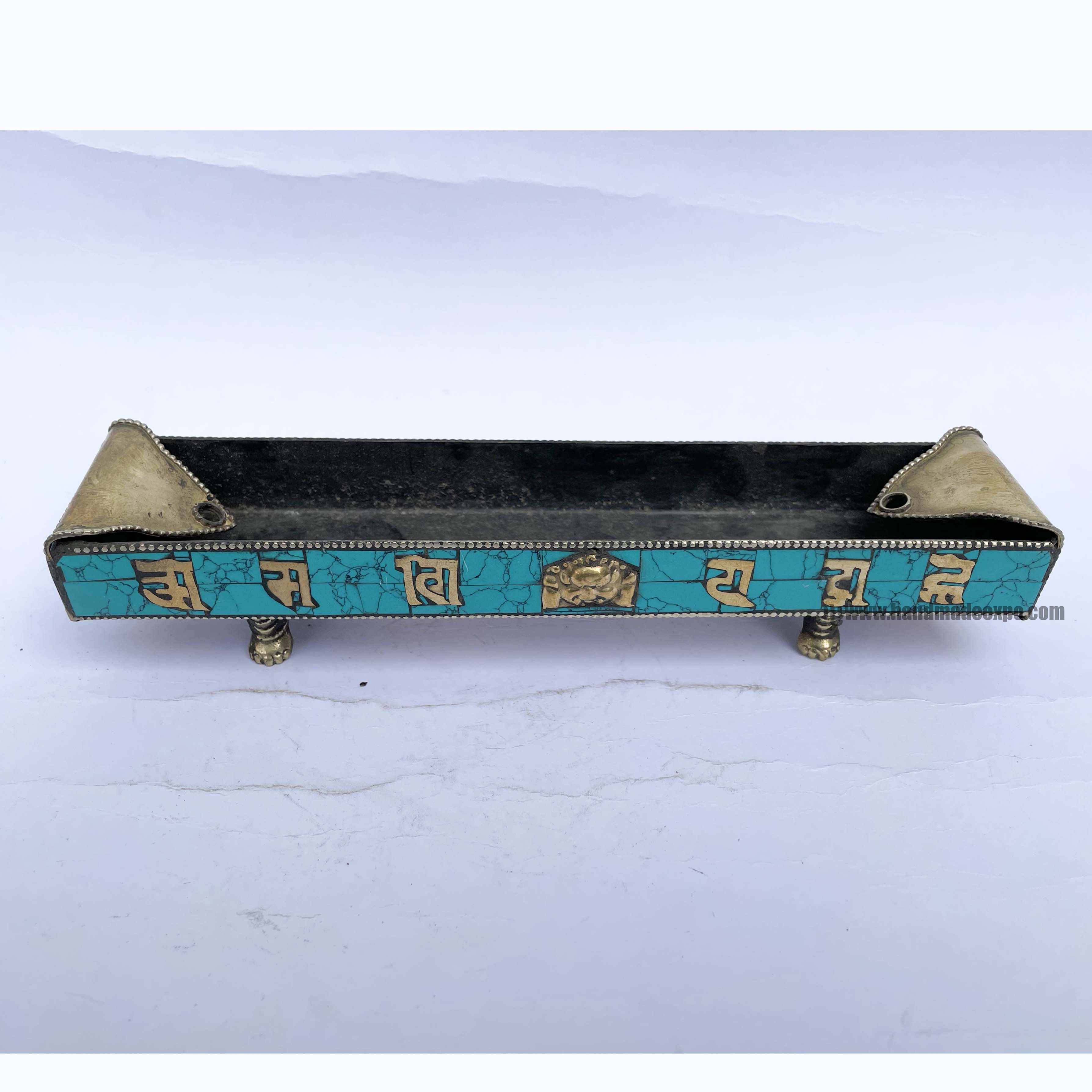 Tourquise Stone Setting" title="Hand Beaten Metal Incense Burner,
Tourquise Stone Setting" title="Hand Beaten Metal Incense Burner, 
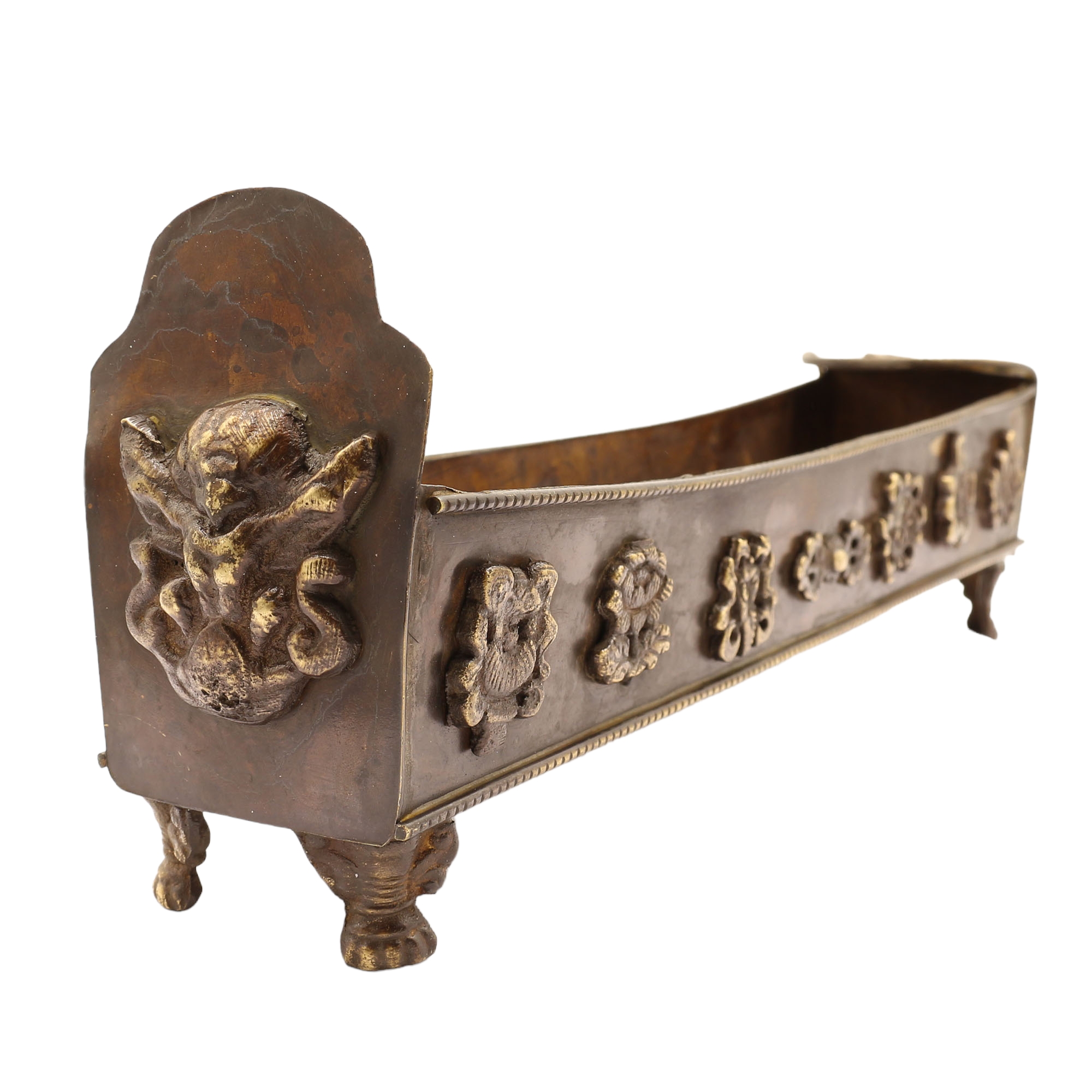
 with Lotus Flower Design,
with Lotus Flower Design,  with Lotus Flower Design,
with Lotus Flower Design,